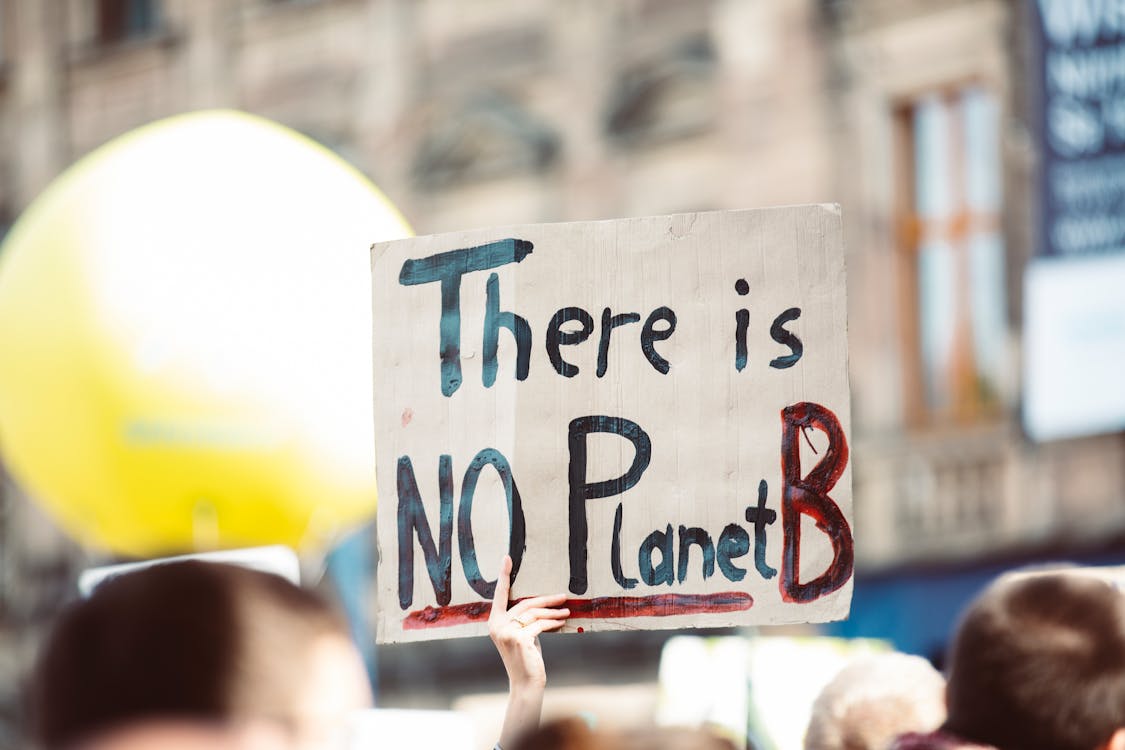Global Warming and Record-Breaking Summer Temperatures in India
This summer, India is experiencing some of the highest temperatures ever recorded, a stark reminder of the intensifying impact of global warming. As heatwaves sweep across the nation, it's crucial to understand the underlying causes and implications of this alarming trend.

The Rising Temperatures: A Cause for Concern
India is no stranger to high temperatures during summer, but the recent spikes have been unprecedented. Cities like Delhi, Jaipur, and Ahmedabad have seen mercury levels soar past 45°C (113°F), creating a hazardous environment for millions of people. The primary driver behind these extreme temperatures is global warming, a consequence of increased greenhouse gas emissions trapping more heat in the Earth's atmosphere.
How Global Warming is Fueling the Heatwave
Global warming, driven by human activities such as burning fossil fuels, deforestation, and industrial processes, is leading to a significant rise in average global temperatures. According to climate scientists, the Earth's temperature has increased by about 1.2°C since the pre-industrial era. While this might seem like a small change, it has profound effects on weather patterns and climate systems.
In India, this warming trend exacerbates the natural variability of weather, making heatwaves more intense and frequent. The Intergovernmental Panel on Climate Change (IPCC) has warned that if global emissions are not curbed, heatwaves in India could become even more severe, posing serious risks to health, agriculture, and water resources.
The Impact on Public Health and Livelihoods
The soaring temperatures have dire consequences for public health. Prolonged exposure to extreme heat can lead to heatstroke, dehydration, and exacerbate existing health conditions like cardiovascular and respiratory diseases. Vulnerable populations, including the elderly, children, and those with preexisting health conditions, are particularly at risk.
Moreover, the heatwave significantly impacts livelihoods. Farmers face crop failures due to heat stress and water scarcity, affecting food security and income. Urban areas are not spared either, with increased energy demands for cooling straining power grids and leading to frequent blackouts.
Mitigation and Adaptation Strategies
Addressing the challenges posed by global warming and high temperatures requires a multifaceted approach. Here are some strategies:
- Reducing Emissions: Transitioning to renewable energy sources, improving energy efficiency, and adopting sustainable agricultural practices can significantly reduce greenhouse gas emissions.
- Urban Planning: Implementing green infrastructure, such as parks and green roofs, can help cool urban areas. Enhancing public transportation and reducing vehicle emissions are also crucial.
- Public Awareness: Educating communities about heatwave preparedness, promoting hydration, and providing cooling centers can help mitigate health risks.
- Policy Interventions: Governments need to enforce regulations aimed at reducing emissions and invest in climate-resilient infrastructure.
The Role of International Cooperation
Tackling global warming is a collective responsibility. India must work alongside other nations to meet international climate goals, such as those outlined in the Paris Agreement. By committing to reducing carbon emissions and investing in sustainable development, we can mitigate the effects of global warming and protect future generations from its worst impacts.
Conclusion
The record-breaking temperatures this summer in India are a stark reminder of the urgent need to address global warming. While the challenge is immense, through concerted efforts in mitigation, adaptation, and international cooperation, we can pave the way for a more sustainable and resilient future. It is time for individuals, communities, and governments to act decisively against climate change, ensuring that the planet remains habitable for all.

 Cricket Score Counter
Cricket Score Counter Heads or Tails
Heads or Tails
You have not logged in, please Login to comment.